Google Play will soon warn about apps that cause excessive battery drain

Google has launched a new “excessive partial wake locks” metric for Android app developers that will result in Play Store warnings for end users.
Expand Expanding Close
Google has launched a new “excessive partial wake locks” metric for Android app developers that will result in Play Store warnings for end users.
Expand Expanding Close
Given how excessive battery drain is one “one of the most significant frustrations for Android users,” Google is starting a new effort to help developers optimize the wake lock behavior of their apps.
Expand Expanding Close
The Android team this week is putting a “Spotlight” for developers on widgets, especially “high-quality” ones. Meanwhile, Android users will benefit from a new Play Store “Widgets” filter.
Expand Expanding Close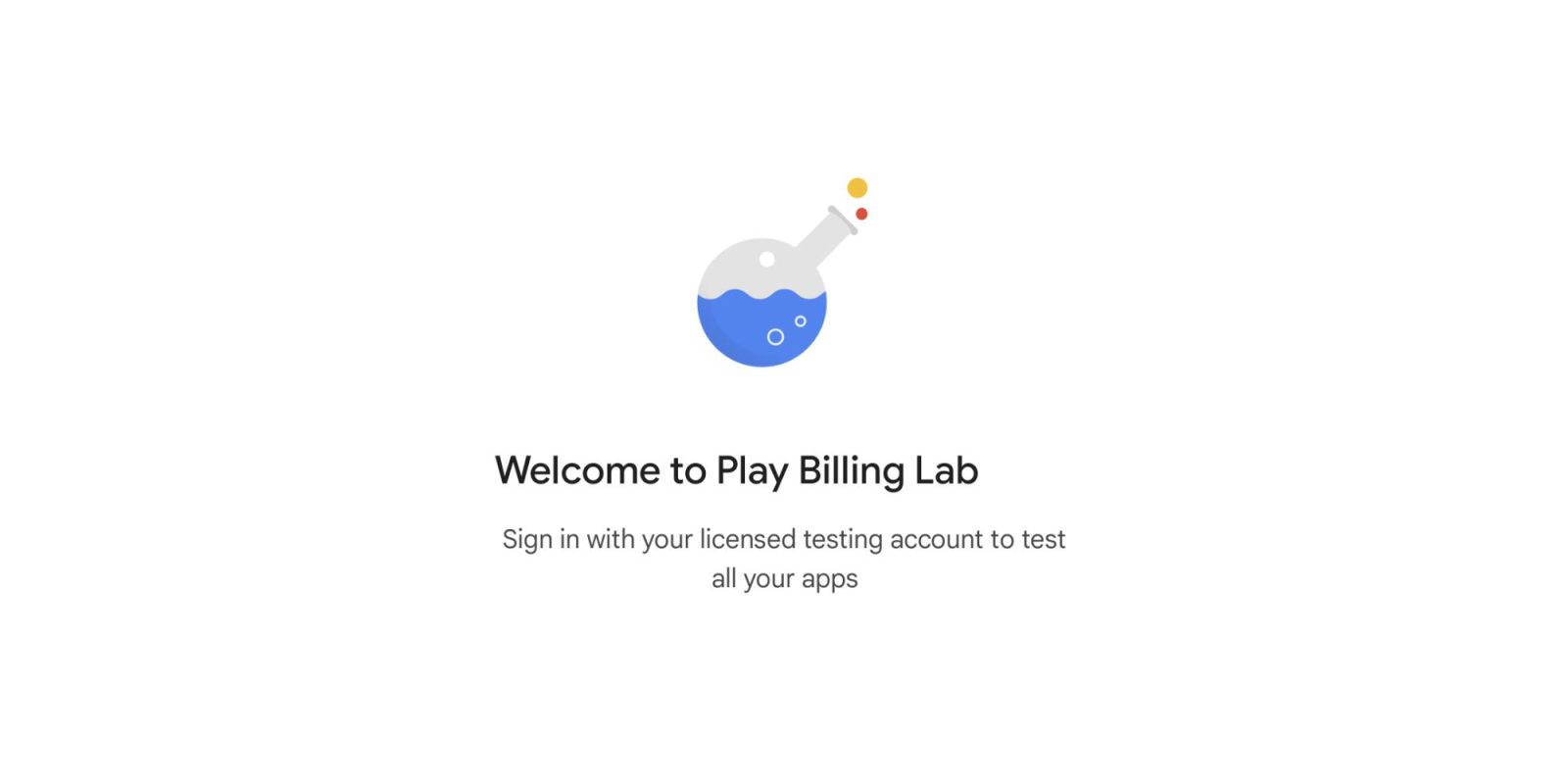
Google’s latest app is the Play Billing Lab, but it’s just for Android developers that need to test their Play Billing Library integration (like in-app purchases).
Expand Expanding Close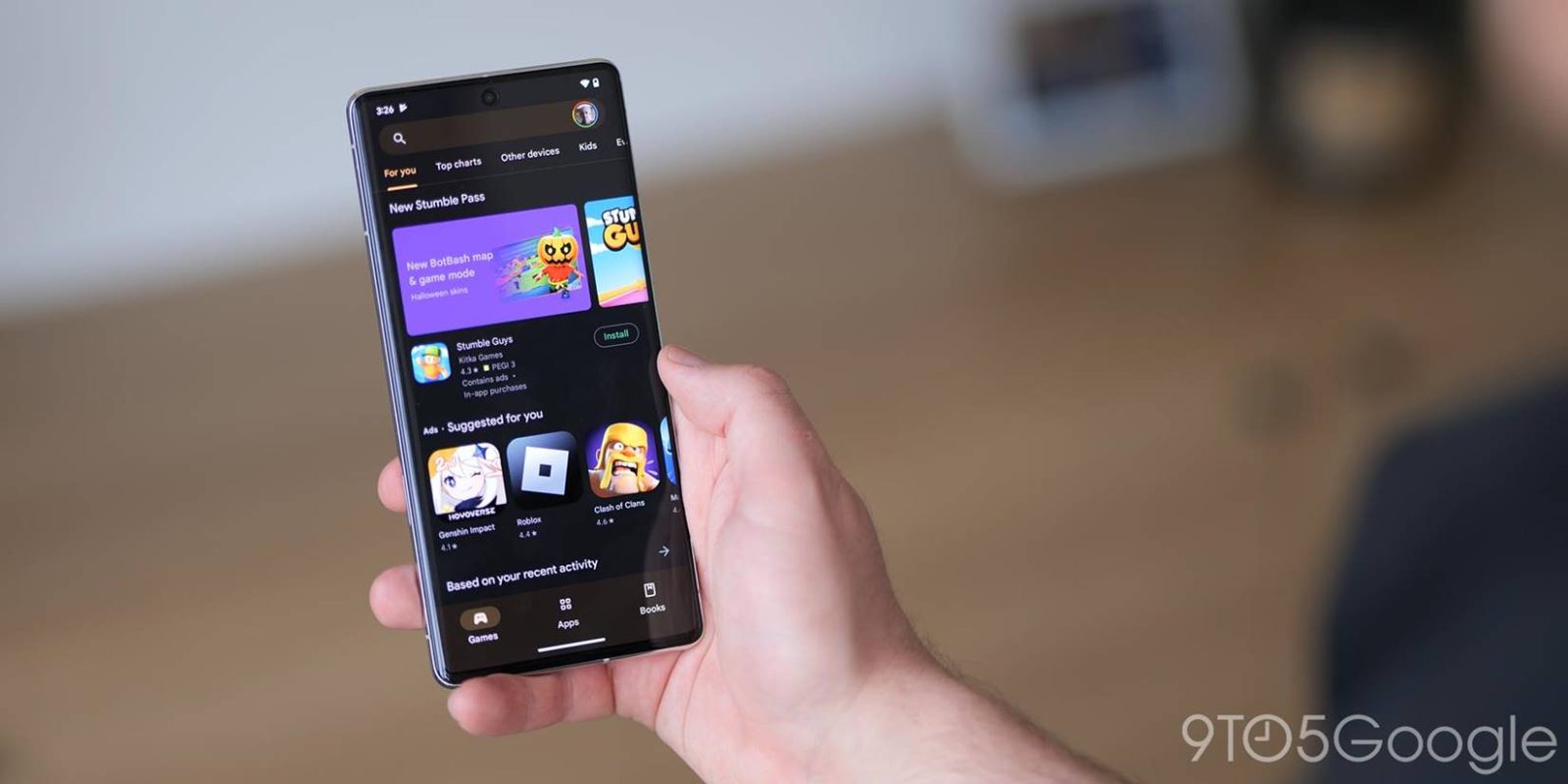
Google today detailed its “key 2023 initiatives” for the Play Store and Android. Meanwhile, the company is hosting #TheAndroidShow on Thursday with a focus on large screens, foldables, and Jetpack Compose.
Expand Expanding Close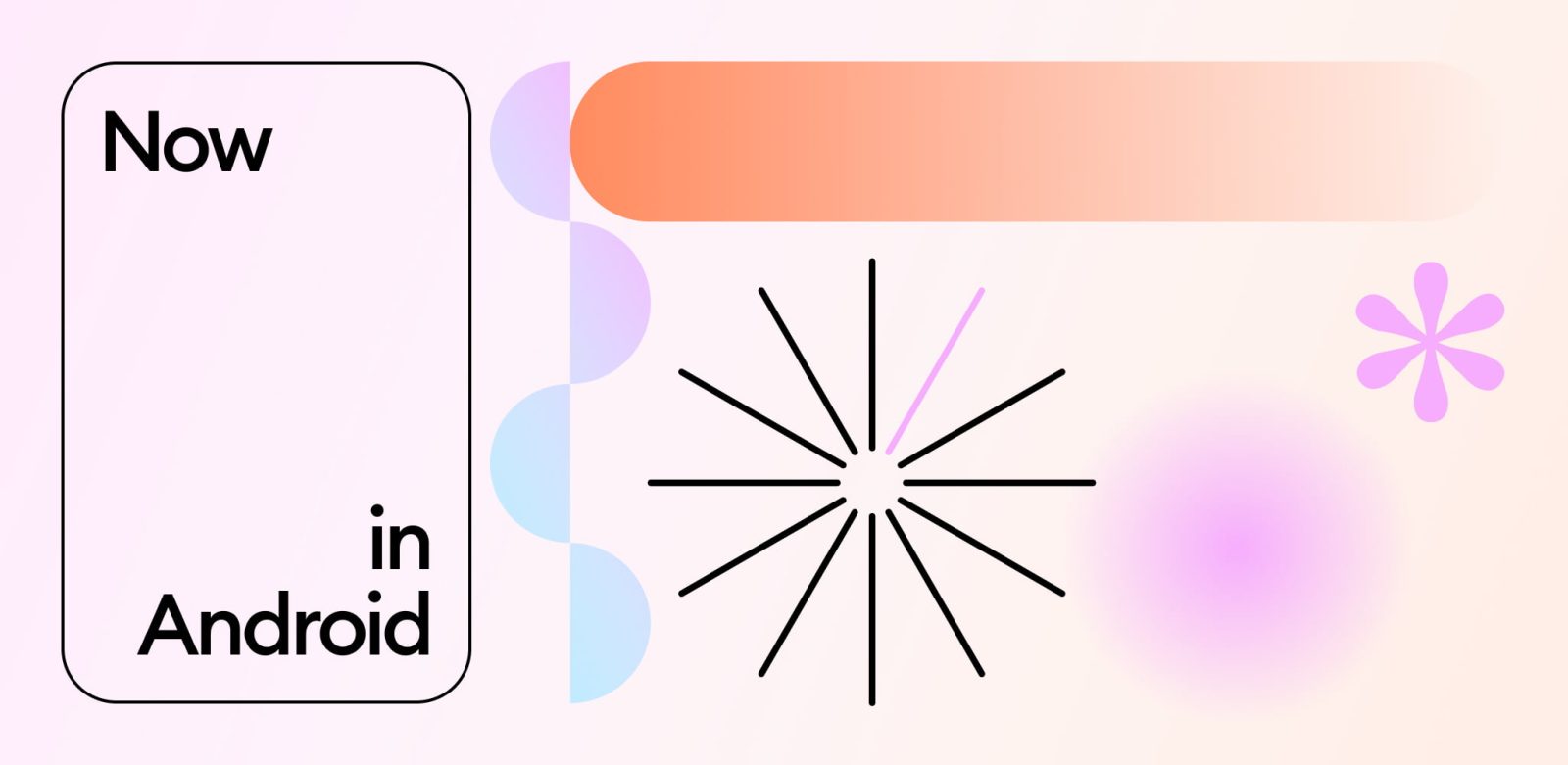
As the 2022 Android Dev Summit series continues, Google has released a “Now in Android” app on the Play Store to serve as a reference for the best modern development practices.
Expand Expanding Close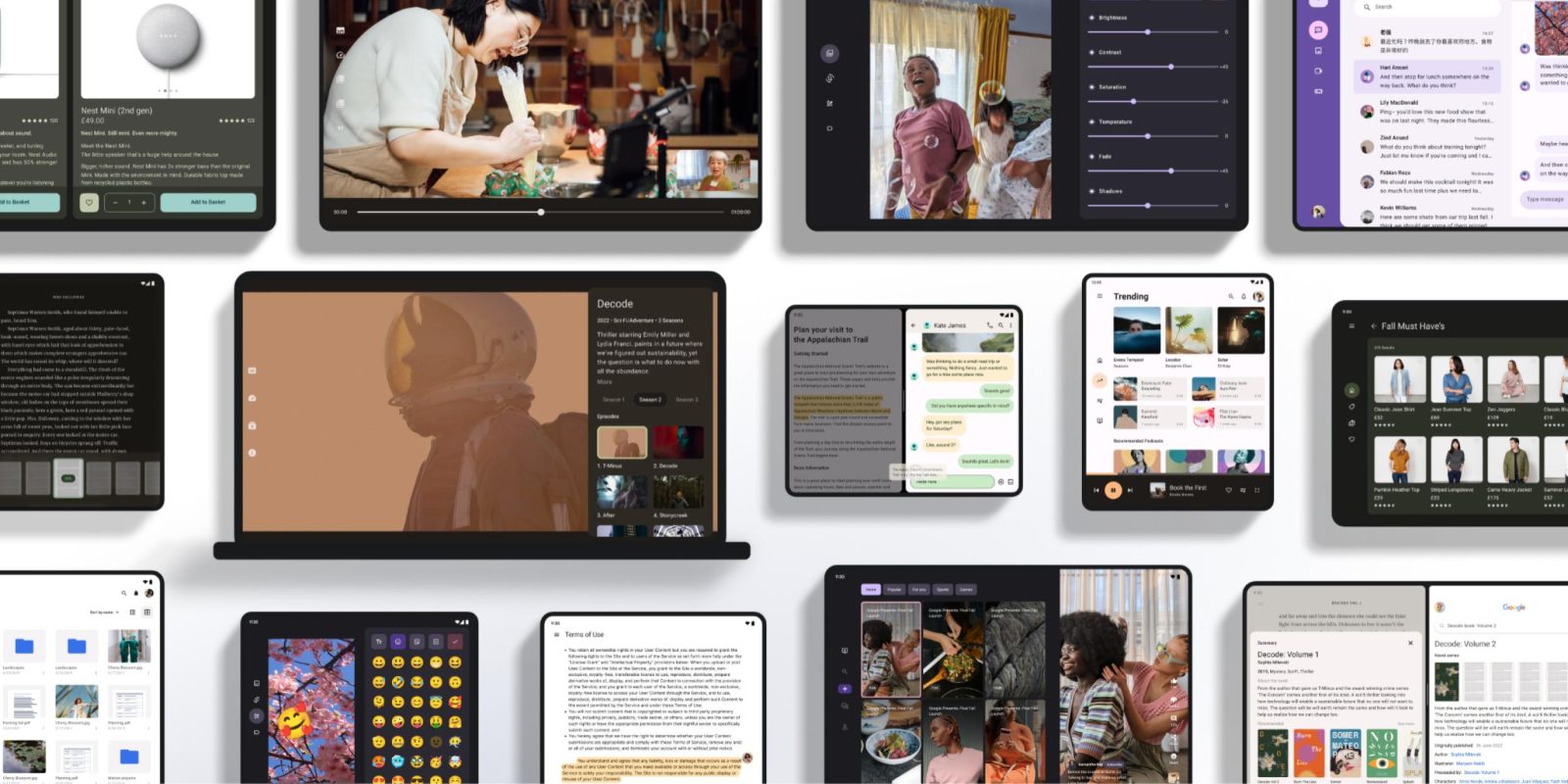
At the Android Developer Summit 2022, Google shared a “Large Screen Gallery” that provides layout guidance for tablet and foldables apps by category: Social media & communication, Media, Productivity, Shopping, and Reading.
Expand Expanding Close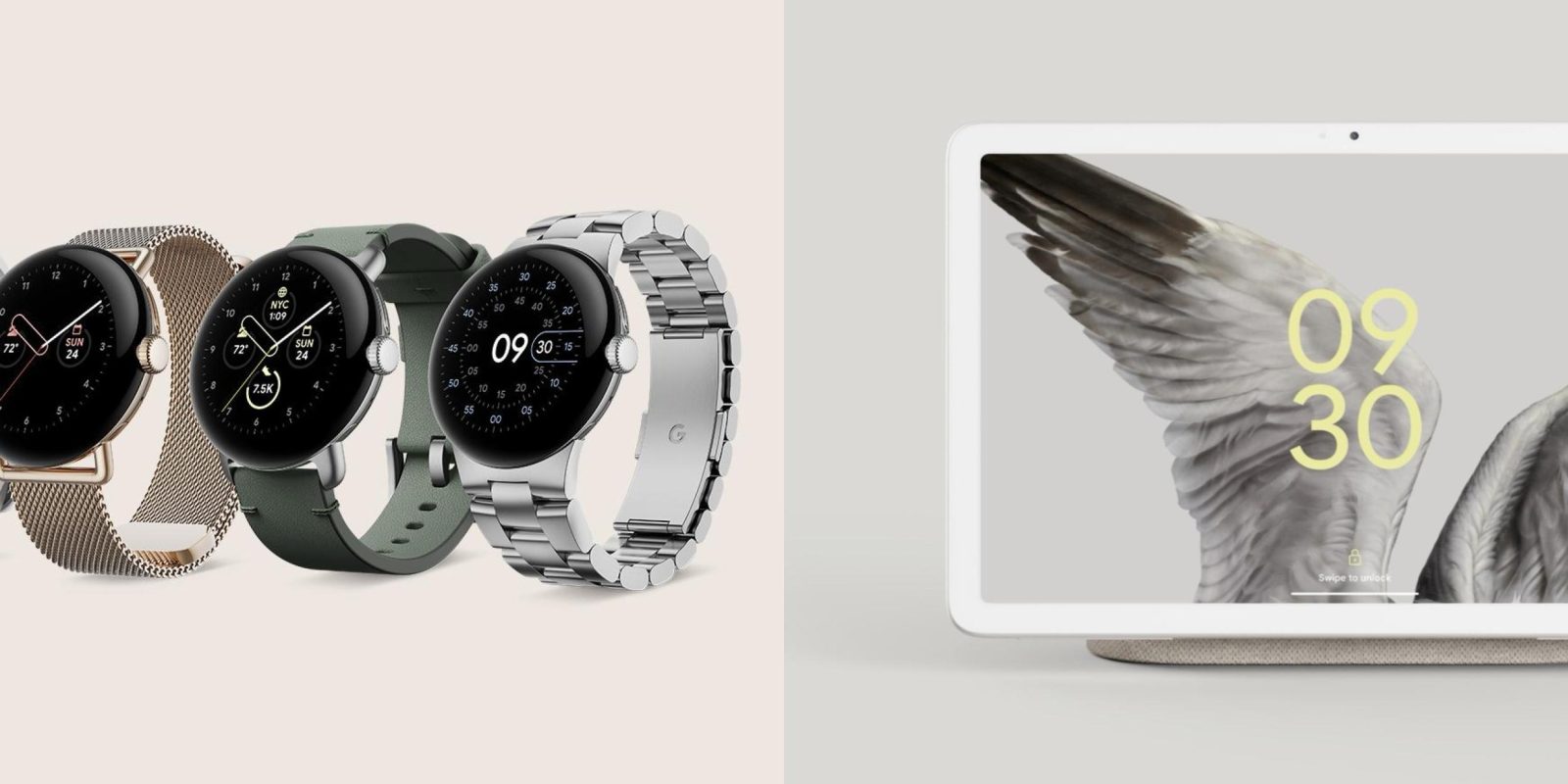
After Samsung’s adoption last year, the upcoming Pixel Watch launch will serve as the next biggest catalyst for Wear OS as an app platform, and Google is explicitly making that case.
Expand Expanding Close
With Jetpack Compose entering beta today, the Android team is encouraging developers to learn about and “get ready to adopt” the modern toolkit for building native UI. To do so, Google is launching a monthlong Android Dev Challenge that includes Jetpack Compose-themed prizes.
Expand Expanding Close
Android has long offered an Activity Recognition API that processes device sensor data with machine learning models in a battery-efficient manner. Google is now offering an Android Sleep API to allow for the creation of more wellness apps.
Expand Expanding Close
Jetpack Compose, Google and Jetbrain’s up-and-coming Kotlin-based UI toolkit for Android, is entering beta testing stage, meaning it’s now suitable for production-ready apps.
Expand Expanding Close
Last night Google rolled out the revamped Gmail that featured a cleaned up design and new features. Sometime after that, they pushed out a similar new scheme.

Last weekend, Netflix was in the news because the company made it so that rooted devices and those with unlocked bootloaders could no longer download the application. Netflix quickly confirmed that it would start blocking the installation of the app from the Play Store for devices that didn’t pass Google’s Safety Net. Now, Google has updated the Google Play Console to make it easier for all developers to do the same thing…
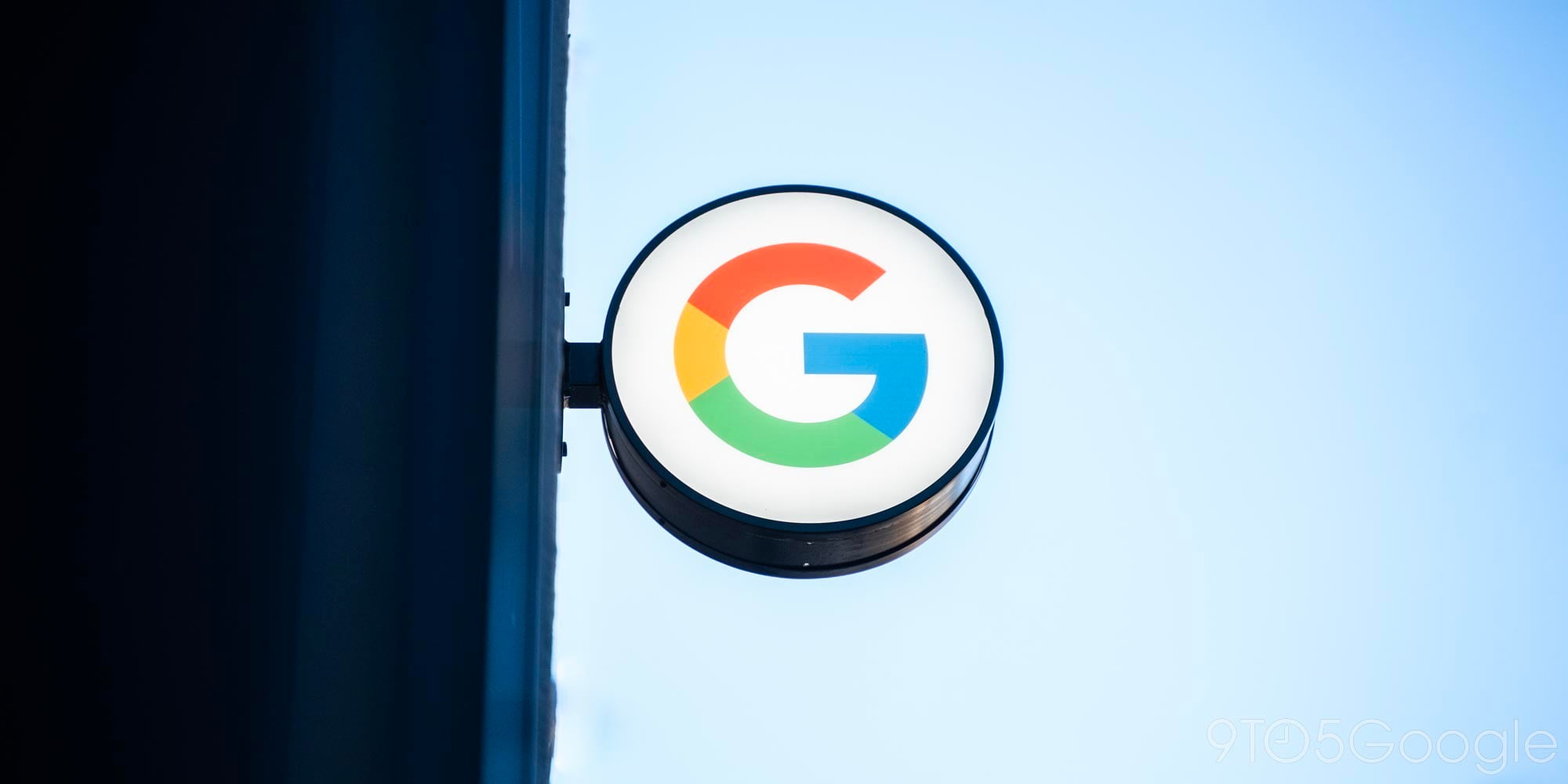

Google frequently says they’re working to get the next billion users online and onto its services. With seven different products that have a billion users, the company knows how to design for large audiences. To help Android and web developers do the same, Google has published a new site that details best practices for scaling to billions of users.
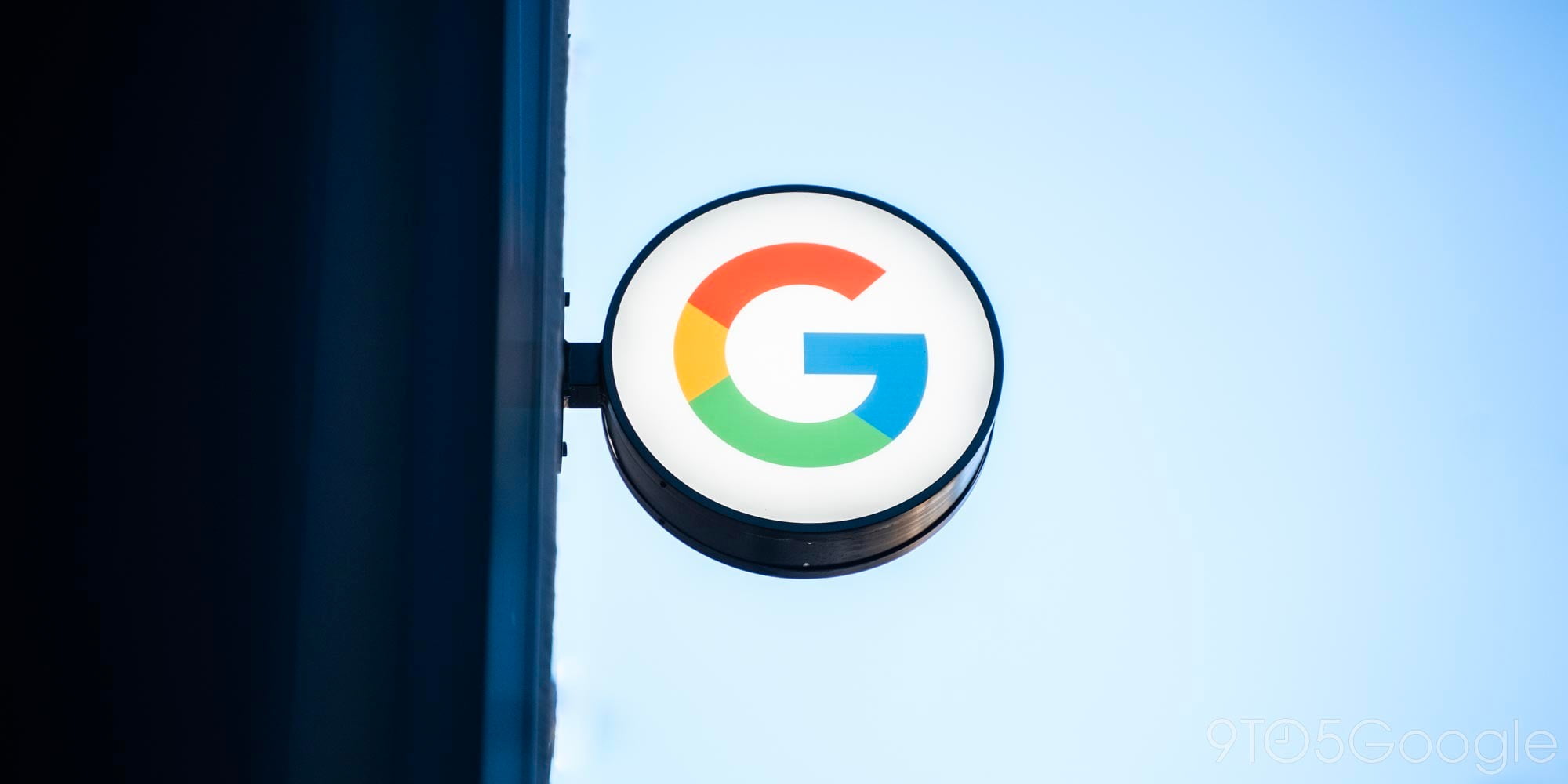

Google has been moving fast on iterating its IDE for developing Android apps. Announced two months ago, Android Studio 2.0 is on its fifth preview that makes further refinements to its marquee ‘Instant Run’ feature and fixes other bugs.


With the latest version of Google Play services rolled out, the Android Developers blog is detailing what new features this update brings. Version 8.4 introduces an easier way for users to share their favorite apps, a more accurate way to determine location, and new APIs for fitness data.


Android apps from the Google Play Store were 60% higher than those from the iOS App Store, reports mobile analytics firm App Annie in its 2014 retrospective. Total Android downloads will be higher when other app stores are figured in.
Recent data from AppFigures also showed that the Play Store now has more apps and more developers than iOS. iOS apps did, though, make more money, the data showing that Apple’s app downloads generated around 70% more revenue.
App Annie’s data, which is generated by analytics from more than 700,000 apps, showed that just three countries generated more app revenue than the rest of the world combined–the USA, Japan and Korea–while the so-called BRIC nations (Brazil, Russia, China and India) were not surprisingly the fastest-growing regions.
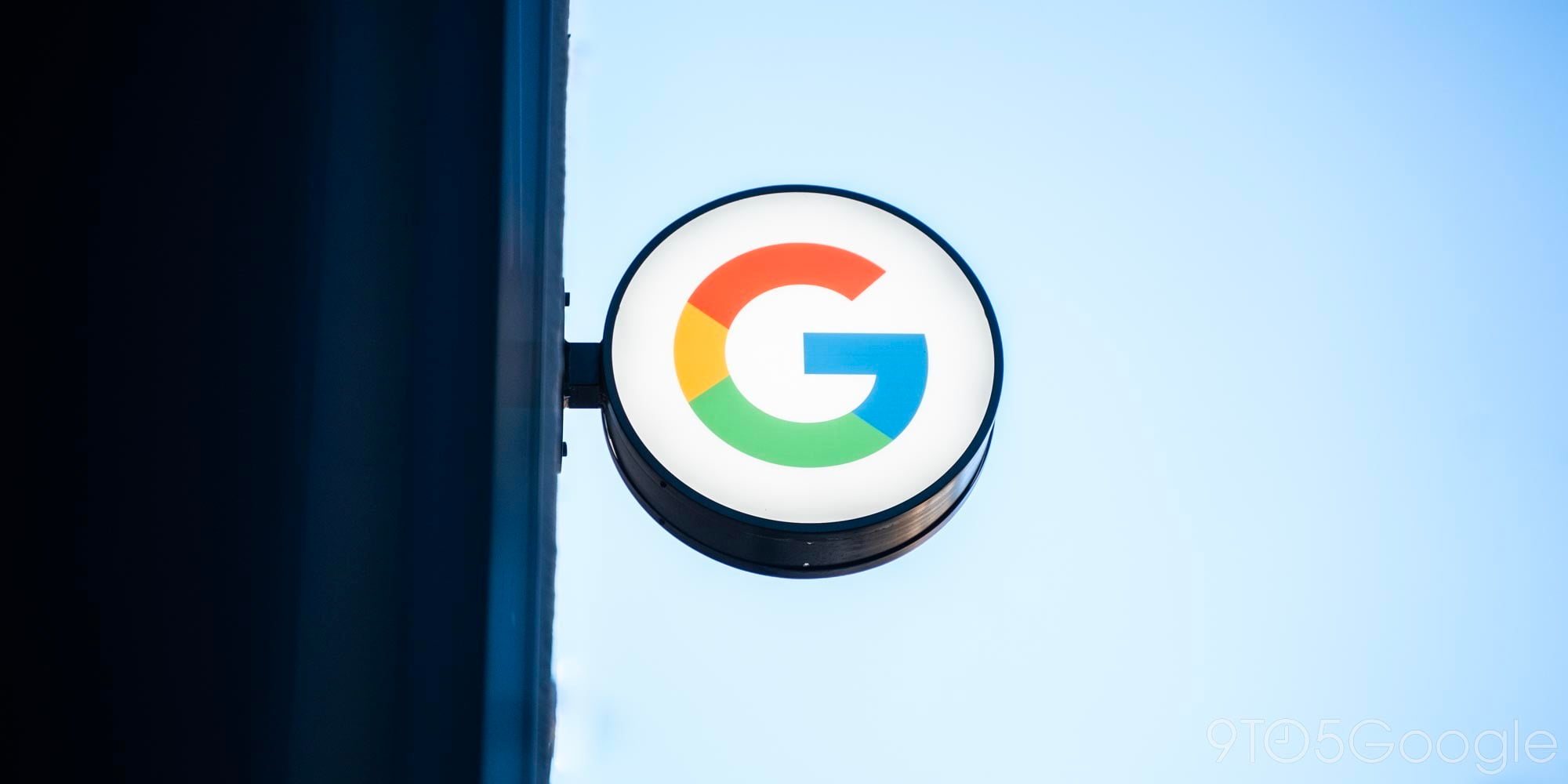

Lollipop is Android’s biggest overhaul yet, and that can be a little overwhelming for developers. Fortunately, Google has let us know today that it added 20 new code samples to the SDK sample repository. Having access to code samples allows developers to see best practices for implementing new features that are found in the latest Android SDK.


With the rollout of Jelly Bean to a number of new devices just around the corner, Google updated its platform statistics today on the Android Developers website. After having been released for nine months, Ice Cream Sandwich was able to post an increase. However, it remains at just under 11 percent of total Android devices. That is an increase of approximately 3.8-percent for ICS 4.0 and 4.0.4, and it definitely highlights the fragmentation issues Android continues to face. Jelly Bean is not included in the platform stats, because it has not launched on any devices available to consumers.
Google also released updated information about the number of devices currently utilizing a particular screen configuration. The graph below shows the majority of Android devices are still running what Google classified as “Normal/hdpi,” which is a configuration that includes devices roughly 3.5-inches to 4.5-inches with at least 470dp-by-320dp: